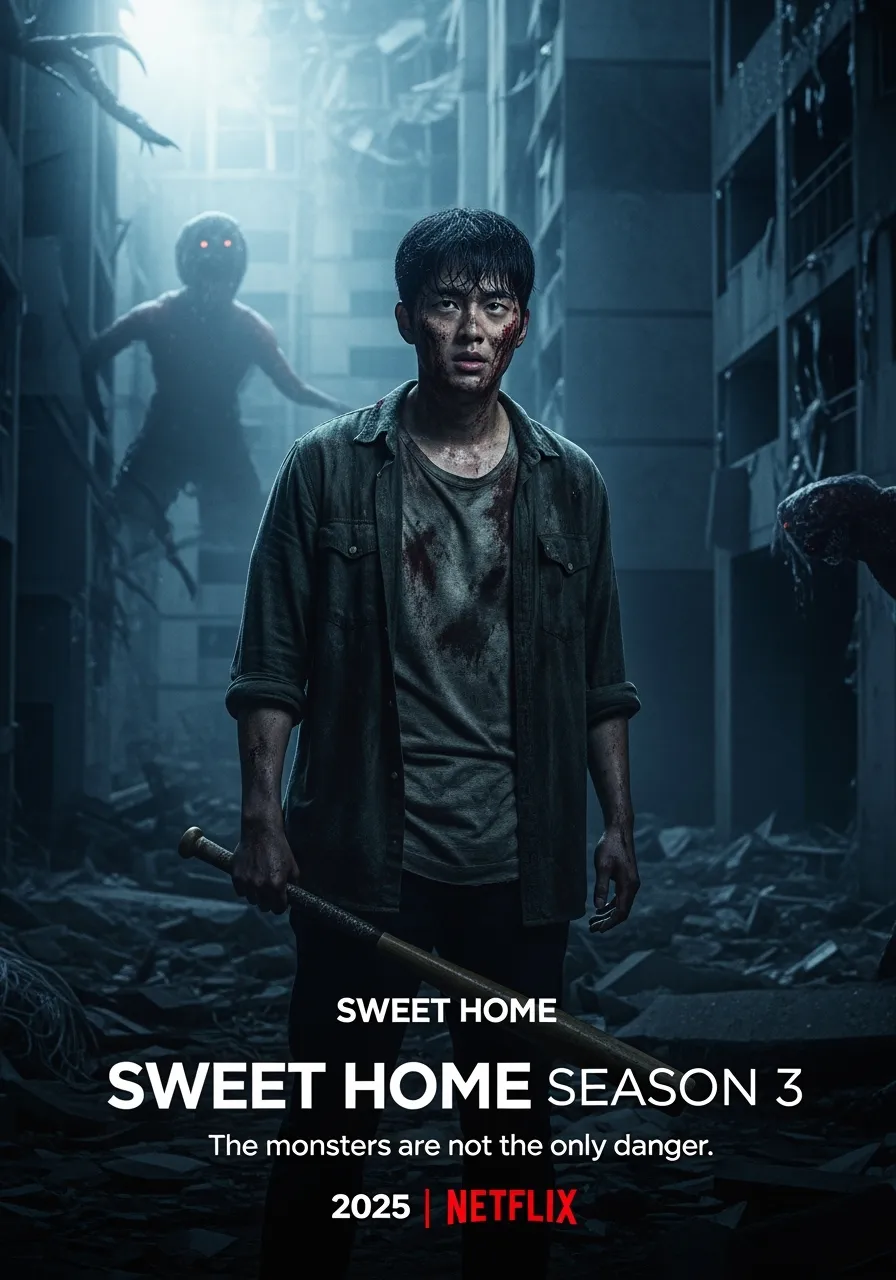I. PREMISE & PLOT OVERVIEW
You’ve saved your life‑savings. You’ve moved into a spacious, modern apartment—the good life is finally within reach. But Wall to Wall transforms comfort into calamity. Kang Ha‑neul’s character purchases an 84 m² dream home, only to find the walls whispering secrets. Strange noises, hostile neighbors, and unsettling mysteries seep through floors and shared walls, turning what should be sanctuary into a psychological trap.
What begins as minor annoyances escalates into full-blown paranoia, as he discovers that the building’s harmony hides fractured minds behind each door—and perhaps a darkness woven into the apartment's very design.
II. THEMATIC EXPLORATION
At its heart, Wall to Wall is a study in isolation within community. It asks: when neighbors are so close, why do we feel so alone? The apartment complex becomes a microcosm for societal detachment—walls divide lives, yet holiness of privacy erodes any sense of trust.
The film also dives into the architecture of anxiety. Shared living spaces breed suspicion: a creak at night, a shadow in the hallway, a door left ajar—each sound is a potential threat. It questions how much we really know about the people next door…and whether proximity breeds connection or fear.

Money, too, becomes a subtle antagonist. Optimal living by square meter doesn’t guarantee safety of mind. The film shows how the pursuit of the perfect property can blind us to the unseen burdens embedded in every wall and floorboard.
III. CHARACTER ARC
Kang Ha‑neul anchors the film with a grounded, quietly deteriorating performance. We see a man go from hopeful homeowner to hyper-vigilant hermit, a deteriorating spiral fueled not by violence, but by creeping uncertainty.
Yeom Hye-ran and Seo Hyun-woo in supporting roles intensify the effect—each neighbor is a mirror reflecting his unraveling psyche. Their unassuming smiles and moments of casual intrusion become loaded with potential menace. There’s no clear villain; instead, the threat lies in what might be hidden behind normalcy.

IV. STYLE & CINEMATIC TECHNIQUES
Director Tae-joon Kim builds suspense through sound design as much as visuals. The cacophony of apartment life—plumbing, footsteps, distant laughter—becomes a character itself. The camera often stays just inside doorways or hallways, offering glimpses rather than clear views, forcing the audience to question what they don't see.
Visually, the palette is muted—grays, off-whites, sterile lighting. The perfect apartment looks eerie under its own orderliness. Cinematography leans into tight framing, showing how walls close in on the protagonist, physically compressing space as his mind tightens.

V. PACING & STRUCTURE
At around 90 minutes, it maintains a slow-burning pace. Tension escalates gradually: odd noises, minor confrontations, unexplained disappearances. The film resists sudden jolts—instead, the cumulative effect of everyday unease makes the finale gut-punching in its quietness rather than shock value.
The climax doesn’t rely on action, but on revelation—an overlap of minds, a reveal that the nightmare is shared, not isolated. And the closing scene offers no relief—only the echo of footsteps in the next apartment.
VI. FINAL VERDICT
Wall to Wall uses a common premise—a man alone in his new place—and turns it into a claustrophobic labyrinth of anxiety and paranoia. It’s a psychological thriller that refuses to lean on violence or gore, finding its fear in the banal.
If you're drawn to films like The Tenant, The Others, or A Dark Song, this is one to add: a thriller that makes your own walls feel charged with threat, your neighbors suspects by default, and your new home an architecture of dread.
Rating: 8.5/10
Quietly disturbing, cleverly constructed, and unnervingly relatable—Wall to Wall turns your dream home nightmare into a psychological siege.
-1751948004-q80.webp)

-1748427036-q80.webp)

-1740282288-q80.webp)